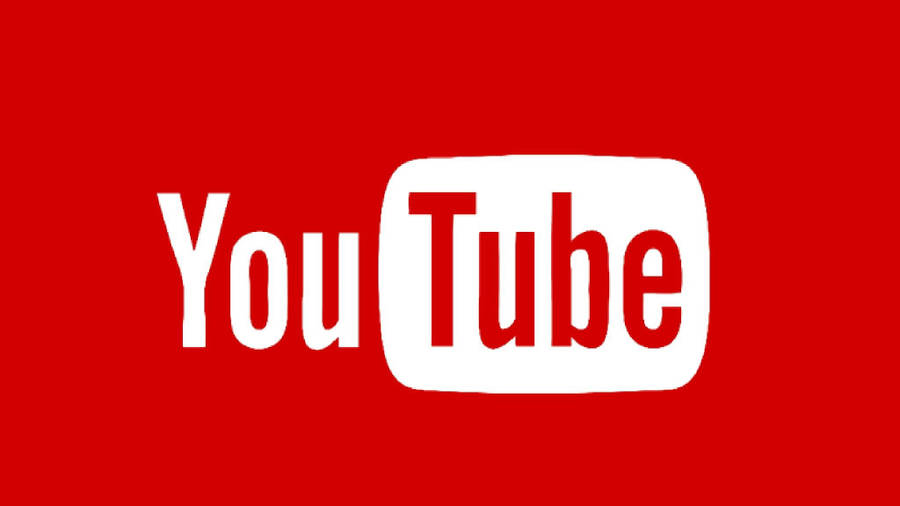
In order to ensure a smooth browsing experience on YouTube, a lot of users use AdBlock. Their videos run seamlessly, without bothersome ads popping up every now and then. Now, imagine if you are a video marketer. Suddenly, adblockers don’t sound too good. They can cause a significant dent in your revenue.
What Is A YouTube AdBlock

A browser extension that filters and blocks advertising content before videos is effective on ads that appear before, during, and after all videos. It acts as a content filtering and ad-blocking browser extension, working against all YouTube ads. Users can prevent ads from being displayed, and this includes banner ads, ad clips, and pre-roll ads. Adblock software is a widely-debated topic with it even becoming an international law and order issue. Courts are starting to look at legal issues arising out of AdBlock software while dealing with mounting pressure due to anti-Adblock campaigns by publishers. Germany and EU courts have already adjudicated on this issue, with Adblock plus surviving 5 legal challenges in Germany. So on the surface, advertisers face overwhelming odds, because Adblock software is not only legal, it is also being rampantly used by internet users who find ads intrusive, and that is quite a sizable amount.
How Do These Work
People usually use Adblock software via a browser extension or mobile apps. They browse the content on a webpage, matching that source against a list of ad networks. Any items that match will be removed instantly. Some AdBlock software has a whitelist option, by which advertisers can pay a certain fee, slip through the gaps, and show their ads.
Why Do People Block Ads?

Beyond the fact that certain ads can be plain intrusive, and ruin the browsing experience, people download ad blockers for various reasons. Some of these are explored below.
Performance
Any ad that appears on any website takes time to load, and with the average web surfer loading more than a hundred pages a day, ads, tracking scripts, and rogue code can become quite a nuisance. Installing ad blockers helps net users save time, because it lightens up the website, speeding up the browsing experience.
User Privacy
This is quite the bone of contention. Thanks to advancements in digital marketing technology, brands can create entire consumer profiles, thanks to their ability of logging, tracking and trading user data across ad exchanges. Every search, click, and page visit is tracked, to be used in marketing campaigns. For some people, this becomes a privacy problem and they begin to fear tailored ads and targeted messaging. Ad blockers give these users some semblance of peacemaking them feel as if they have protected their private information.
Security
The digital advertising industry is expanding quicker than ever, with a lot of loopholes for hackers to step in and play dirty. The New York Times, MSN, Newsweek, and BBC have been victims of malicious ads on their sites. Hackers have taken seemingly harmless ad networks, using them as a chance to introduce harmful code into their ads that viewers see on publisher websites. Big ad networks do not pose a threat to the average consumer. Disabling ads completely discourage hackers.
Overcoming Ad Blocking
So, how do you overcome this obstacle? It’s unlikely that people are going to stop using ad-blocks anytime soon, but that does not mean that marketers must lose heart. There are some strategies that could help them work around the ad-block system. For instance, they could take in stock the unpopular ad formats, like display ads and retargeting messages, and explore other formats. Here are some other strategies that could help.
There’s no way to effectively ‘overcome’ YouTube ad-blockers. What you can do, is rely on workarounds, including but not limited to other ad formats that can help you reach your target audience in new ways.
Native Ads
Ads have been segregated so blockers can identify them. Native ads are subtle, blending into the environment in which they appear. This allows them to generate positive impressions, because they add to the user experience, without being a hindrance. Successful alignment between advertiser and publisher is key for a good native advertising campaign. There are some hacks that could help you here. Use photos of people, instead of static objects. Ensure your logos are appropriately sized as to be readable, and ensure your video format is not too long because people have short attention spans. Also, cleverly inserting brand names helps keep visibility high.
Pay
Ad blockers filter content to remove from a page according to a predetermined list. A lot of them have some whitelisted publishers, which allow display ads to run, provided the latter conform to a set of rules. These acceptable ad guidelines are quite stringent but help ensure a better end-user experience. A lot of big players like Google and Microsoft buy their way into pages this way because blockers succumb eventually to market pressure.
Publisher Partnerships
Publishers have always looked for new ways around the system, with major campaigns being launched against ad blockers, to sustain revenue streams. Sometimes they play nice, pleading for disabling ad blockers, and sometimes they disable content for users with active ad blockers. Partnering with publishers can help marketers ensure their campaign’s visibility. Premium publishers can help with brand integration, ensuring that a product and narrative are aligned. This is tempting for audiences to click on, rather than standard ads.
Branded Content
Instead of relying on digital ads, marketers can use branded content that educates, engages, and entertain users on both homepages and third-party websites. Find content that has some value for users, because those who have already decided to block ads, can easily detect hidden marketing messages. Try to figure out your user, identify what they want, and create content that will address their problems, so you increase your goodwill and customer base. From listicles to blog posts to video content rich with music, brands can tell their stories in interesting ways. After creating branded content, try establishing a brand partnership, so you can reach the same target audience with a fresh perspective.
Content Marketing
Content is king. But, you need a solid strategy. A marketing-focused editorial calendar is tough to conceive, but it might just be the best thing to ensure long-term business success. Distribution strategies dependent on popular channels like social media and email can boost paid efforts while cementing long-term brand value with users.
Wrapping Up
In conclusion, diversify your ad channels, try creating a meaningful ad experience, concentrate on effective targeting, and you should be able to reach your audience, working around YouTube ads. While it is true that ad blocking technology is here to stay, digital marketers can keep changing their current practices, diversify marketing channels and find new innovative ways to keep getting their message across. And finally, it is important to keep that message itself interesting, so your audience stays loyal. Read our blog on video ads, to find out how to exploit a popular way of broadcasting messages. Also, learn how to strike the right balance between ads and user experience and the most important components of an effective ad to try to grab customers’ attention without being intrusive.
